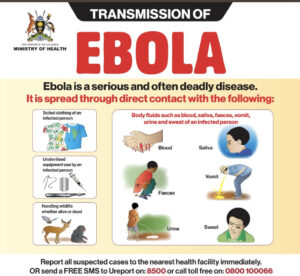Canal defect (also known as atrioventricular septal defect or endocardial cushion defect) means there is a large hole in the septum.
Canal defect (also known as atrioventricular septal defect or endocardial cushion defect) means there is a large hole in the septum. The septum is the wall that separates the right and left sides of the heart. A canal defect may be classified as partial or complete. In a partial canal defect, either the upper (atrial) or lower (ventricular) part of the septum may be affected. A complete canal defect, which is more common, means that the hole is located where the upper (atrial) and lower (ventricular) parts of the septum meet.
Normally, the tricuspid valve directs blood from the upper-right chamber (the right atrium) to the lower-right chamber (the right ventricle), and the mitral valve allows blood to move from the upper-left chamber (the left atrium) to the lower-left chamber (the left ventricle). But with complete canal defect, just one large hole and one valve are present, and the valve may not close all the way. This allows blood to flow in all directions inside the heart.
What are the symptoms?
Usually, the result is that too much blood flows to the lungs, and the heart becomes enlarged from working too hard. Infants with canal defect often have trouble breathing, and their bodies may not grow normally. A canal defect is often associated with Down syndrome.
How is it treated?
Surgery is usually done in the first few months after birth to correct a complete canal defect. The hole may be closed with one or two patches, and the single valve is split into two, making a tricuspid valve and a mitral valve.


